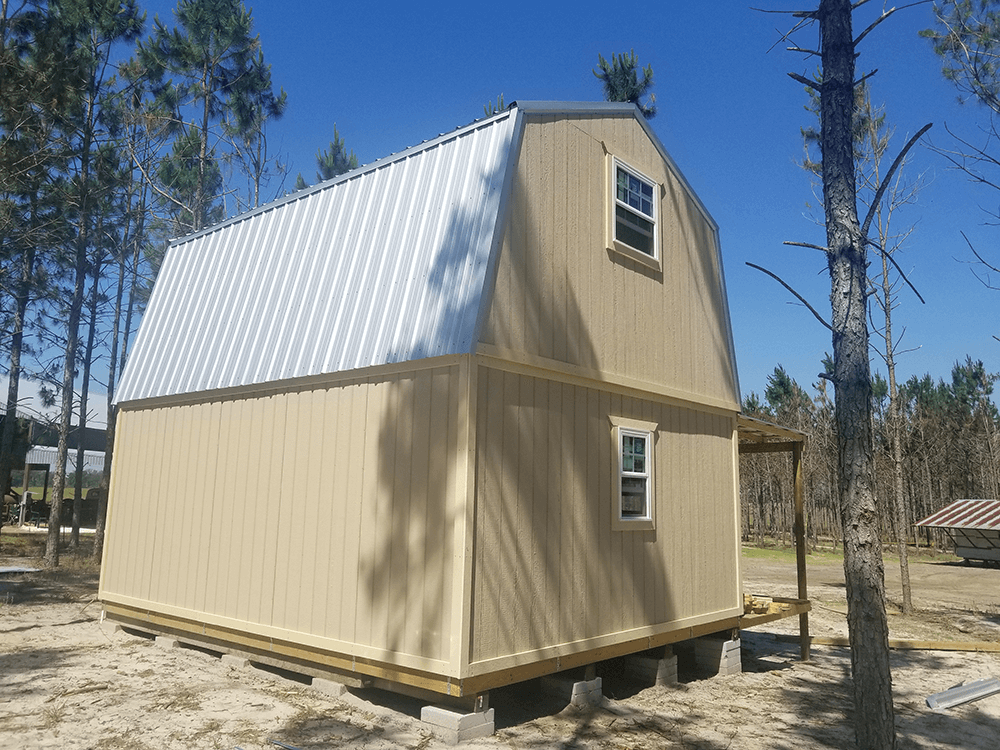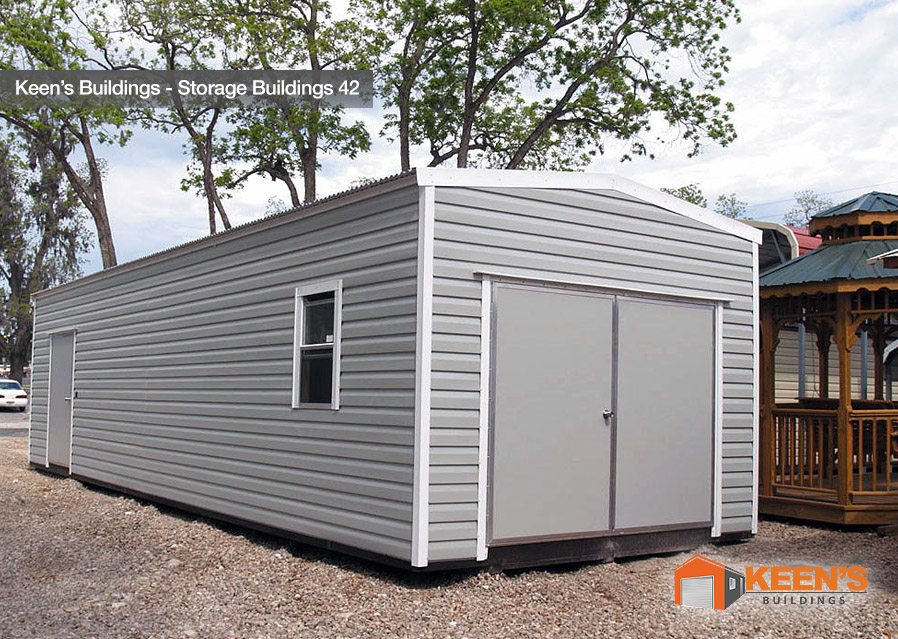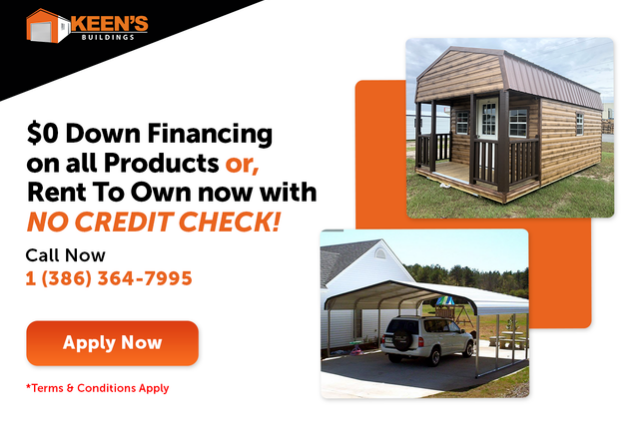Gazing at your family’s beloved, old, yet classic wooden barn can be a fairly nostalgic feeling until you look at the cost for repairs. It’s difficult to maintain feelings of sentimentality when something is drilling an insurmountable hole in your pocket. Let’s take a look at exactly why metal barns may actually be a better option for both your building and wallet.

Why choose metal?
The advantages of building with metal vastly outweigh that of wood in terms of price and longevity.
- Unlike wood, steel won’t rot
- Steel is a very durable option being both fire and pest resistant
- Metal can be recycled and repurposed
- Steel is eco-friendly
Metal has a ton of advantages and to make matters even better; it doesn’t cost nearly as much to maintain or repair. Take for instance a steel framed building with a metal roof versus a typical asphalt roof. The steel framed building will likely have a warranty that lasts 40-50 years. An asphalt roof will only have a warranty of about 15 years. Beyond that, incurrence companies are typically willing to lower insurance costs of metal buildings thanks largely to metal buildings being so durable.
To have a proper understanding of what will drive the cost of a metal building we need to examine the primary influence of cost fluctuation: design choices, building code costs, and the variable costs. Let’s look at each of these one at a time to see how the cost of your metal building is impacted.
Variable cost
Variable costs are prices that differ depending on a few things. These prices are often out of your control and can include things like material prices and labor costs. Naturally, variable costs will be a little different depending on the company you choose to have constructed your metal building, as well as the supplier of the raw material.
The first step to pricing any project is to consider the material used. In the case of building with metal, it is not uncommon for the prices to fluctuate depending on the demand. For metal, in particular, you’ll start to notice a drop in the price if your building is over 5,000 square feet. The price will drop again when your building reaches the 10,000 square feet arena.
Another variable cost that you’ll notice is the cost of fuel. Expenses needed to ship the necessary material will likely be factored into your overall costs. This is a necessary expense that will fluctuate greatly depending on your location.
The purchasing power of the construction company will have significant impacts on your building costs. Some companies can get steel at a discount, particularly if they purchase the materials in bulk.
Lastly, there are labor costs. The cost of labor can alter greatly depending on market demand. Still, there will likely not be a great difference in the labor costs for metal versus a steel building.
Building code costs
Building codes are preset costs imposed based on your location. These costs are set by your local, state, or regional government.
As mentioned before, building codes differ depending on your location. Someone living in a coastal region may need their building to withstand higher wind speeds. A person living inland, as such there will be cost differences to accommodate these requirements.
If you live further north your building may need to meet snow load building codes, to withstand the weight of fallen snow. Typically, these buildings are designed to withstand over one hundred pounds per square inch.
In areas prone to earthquakes the building codes differ. These codes are in place for safety purposes, so if you find yourself needing to pay more remember it’s to ensure the safety of your building and your life.

Design costs
These are the costs that you have the most control over. The structural designs you select, and any accessories, ascetics, and decorations you want will impact the cost.
Two major design choices will have a significant impact on your overall building cost. The overall width of your building and the shape of your roof.
The beautiful thing about metal buildings in that you can pretty much build it any length you want provided it fits your budget. However, the width of your building can only be roughly 200 feet (though some people will say 300 feet on the extreme end) before load-bearing walls or columns are required.
The roof shape is another key aspect of the overall price of your metal building. In general, a gabled roof or a straight wall single slope roof will be more expensive than an arched Quonset roof.
Additional costs will depend greatly on the function of your metal building.
Additional metal building prices
As you see the final cost will fluctuate significantly based on a number of both controllable and uncontrollable variables. Talk to your metal building contractors to weigh your portions and.
Keen’s Buildings offers a large variety of styles and building options to accommodate your particular needs. Click the button below to get a quote.












